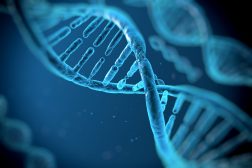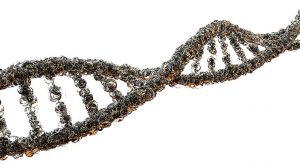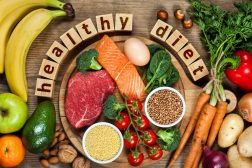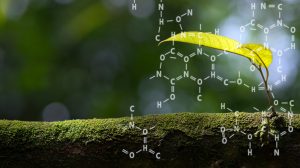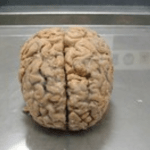Definition
noun, plural: hemoglobins
A biomolecule made up of haeme (i.e. oxygen-carrying, nonprotein, ferrous component) and globin in red blood cells
Supplement
Red blood cells or erythrocytes take up oxygen through the respiratory circuit and deliver the oxygen to the tissues via the circulatory system. The erythrocytes of vertebrates are rich in hemoglobin. Hemoglobin is an iron-containing biomolecule. It is made up of four haem (or heme) groups and globin. The haem groups contain iron atoms that can bind reversibly to oxygen molecules. There are four globin polypeptide chains, designated as alpha, beta, gamma, and delta, respectively, in the adult. Each is composed of several hundred amino acids. A hemoprotein composed of globin and heme that gives red blood cells their characteristic color. Thus, the primary function of hemoglobin is to bind to oxygen molecules in the respiratory organs such as lungs and gills, and then transport oxygen to tissues. Apart from oxygen, the hemoglobin can also bind to and carry waste product, i.e. carbon dioxide, from tissues. In adult humans, the erythrocytes lack a nucleus and other organelles in order to maximize space for hemoglobin.
Word origin: Greek haîma (blood) + Latin globus (ball, sphere) + -in
Abbreviation / Acronym: Hb or Hgb
Variant(s):
- haemoglobin (British)
See also:
Related term(s):
- oxyhemoglobin
- hemoglobinopathy
- hemoglobinuria


